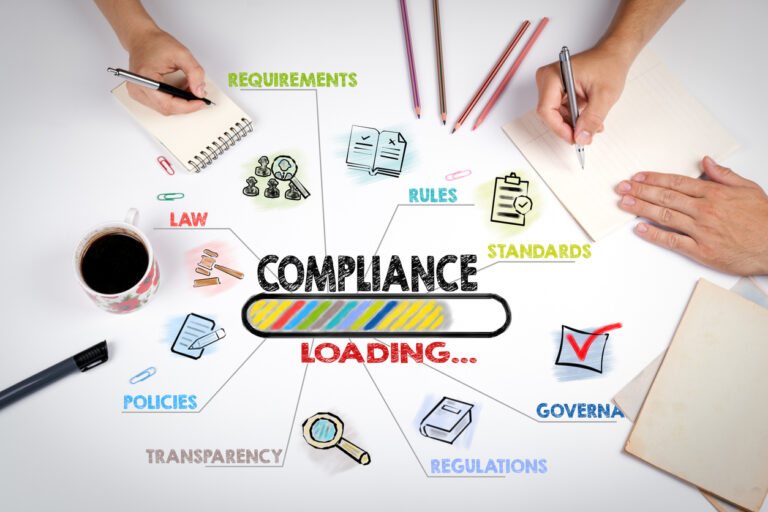When you think of risk management, do you see it as an art form or a series of tick boxes to meet compliance and regulatory requirements? For many, risk management is often viewed as a procedural task—necessary but confined to standards and requirements. But in reality, effective risk management is more than a checklist. It’s a creative, adaptive process that touches every layer of an organisation and draws on the insight, intuition, and collaboration of its people.
At its best, risk management is an art form. It’s a way of seeing and understanding the unique landscape of each organisation, one that values the people at its core and recognises that no two situations, teams, or challenges are ever exactly alike. Like any true art, it requires a balance of structure and flexibility, intuition and expertise. It’s about making informed decisions that protect and empower, finding opportunities even within challenges, and building resilience that grows and evolves.
The Art of Seeing Interconnections in Risk
Viewing risk management as an art form means seeing the complex web of interconnections that influence every decision. It’s not just about identifying isolated threats or ticking boxes; it’s about understanding the dynamic interplay of natural and human-based risks that shape an organisation’s landscape. Natural-based risks—such as natural disasters, extreme weather events, or even global disruptions—pose challenges that we often can’t control but must anticipate.
Human-based risks, however, like cybersecurity threats, fraud, workplace bullying, or even poor leadership, can stem from both within and outside the organisation. These risks require us to look closely at the culture, values, and behaviours we cultivate. A strong organisational culture, rooted in integrity and accountability, helps reduce these risks by fostering an environment where issues can be proactively addressed before they escalate.
In a people-centred approach to risk, leaders recognise that these risks are never truly independent. A natural disaster might disrupt supply chains or impact employee morale, creating openings for cybersecurity vulnerabilities or financial instability. Similarly, poor leadership or a disengaged culture can lead to risks like fraud, ethical lapses, or internal conflicts that ripple through the organisation.
True artistry in risk management means understanding and addressing these connections. When leaders adopt a holistic view, they see risk not as a checklist of potential threats but as an interconnected ecosystem, where each decision can protect, strengthen, and empower.
Empowering People as Part of the Risk Solution
At its core, risk management is about people. Every decision and choice to act—or, in some cases, to hold back (inaction)—is an act of leadership. Real leadership empowers people at every level to play an active role in identifying, understanding, and managing risk. When leaders shift their focus from strict compliance to cultivating a risk-aware culture, they don’t just reduce potential harm—they create an environment of improved resilience, where individuals feel valued, engaged, and trusted.
This approach transforms risk management from a reactive measure to a proactive culture. When people are empowered to speak up, take initiative, and collaborate on solutions, risk management becomes an opportunity for growth, innovation, and long-term resilience. People no longer feel constrained by rigid processes; instead, they become motivated, active participants—‘risk sensors’—safeguarding the organisation’s success.
A Personalised, Artful Approach to Resilience
Imagine a risk management strategy as unique as the organisation itself—where risks aren’t just managed but understood, where every team member plays a role, and where each risk is considered within the broader organisational landscape. This approach moves beyond compliance-driven checklists and becomes a form of guidance and inspiration that protects and propels.
This perspective on risk management is a powerful asset for leaders. It allows them to embrace risk not only as a safeguard but as a source of opportunity, fostering a culture where resilience is a continuous process, not a one-time achievement. True resilience isn’t a fixed state; it’s an evolving practice, one that grows stronger with every challenge faced and every lesson learned.
An Invitation to Act: Lead with Artistry in Risk Management
As executives, board members, and leaders, you have a choice. You can treat risk management as a tick-box task—something to be done, documented, and filed away. Or you can approach it as an art form, a way to lead with purpose, clarity, and empathy. Risk management, when seen this way, becomes part of a leader’s legacy—a way of not just protecting an organisation but actively shaping its future.
This isn’t just a different approach to managing risk; it’s a different way of thinking about leadership. By seeing risk management as an art, we empower leaders to create organisations that are not only resilient but inspiring. Let’s redefine risk management as a pathway to growth, engagement, and lasting impact. Together, we can cultivate organisations where people feel empowered, where risk is not feared but understood and embraced, and where every challenge is met with creativity, integrity, and purpose.
If you’re ready to lead with artistry and join a community of like-minded leaders who value a people-centred approach to risk, reach out. Connect with us to explore how we can support you on this journey or to become part of a network dedicated to reshaping risk management and creating positive change. Let’s transform risk into resilience, together.




